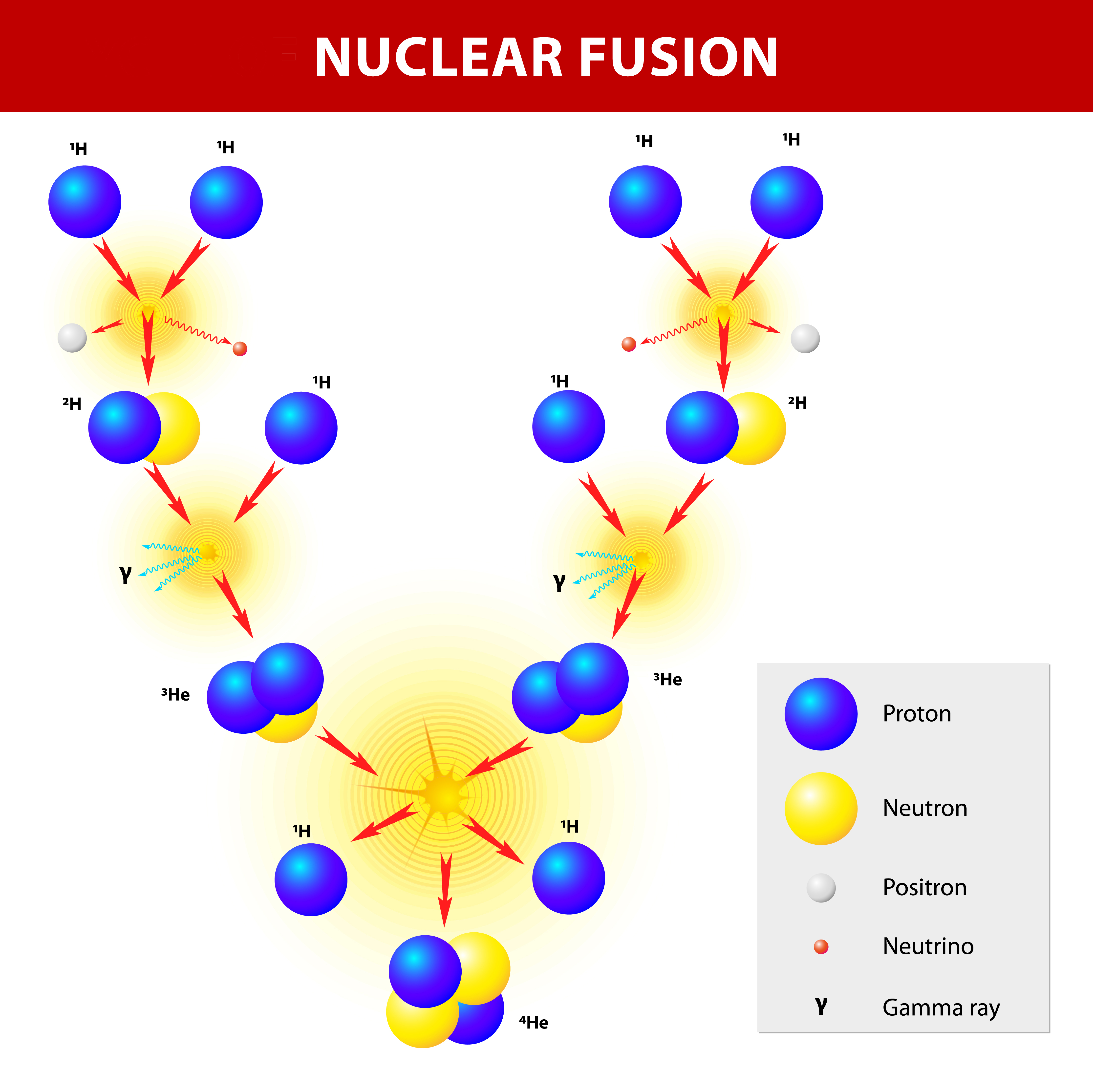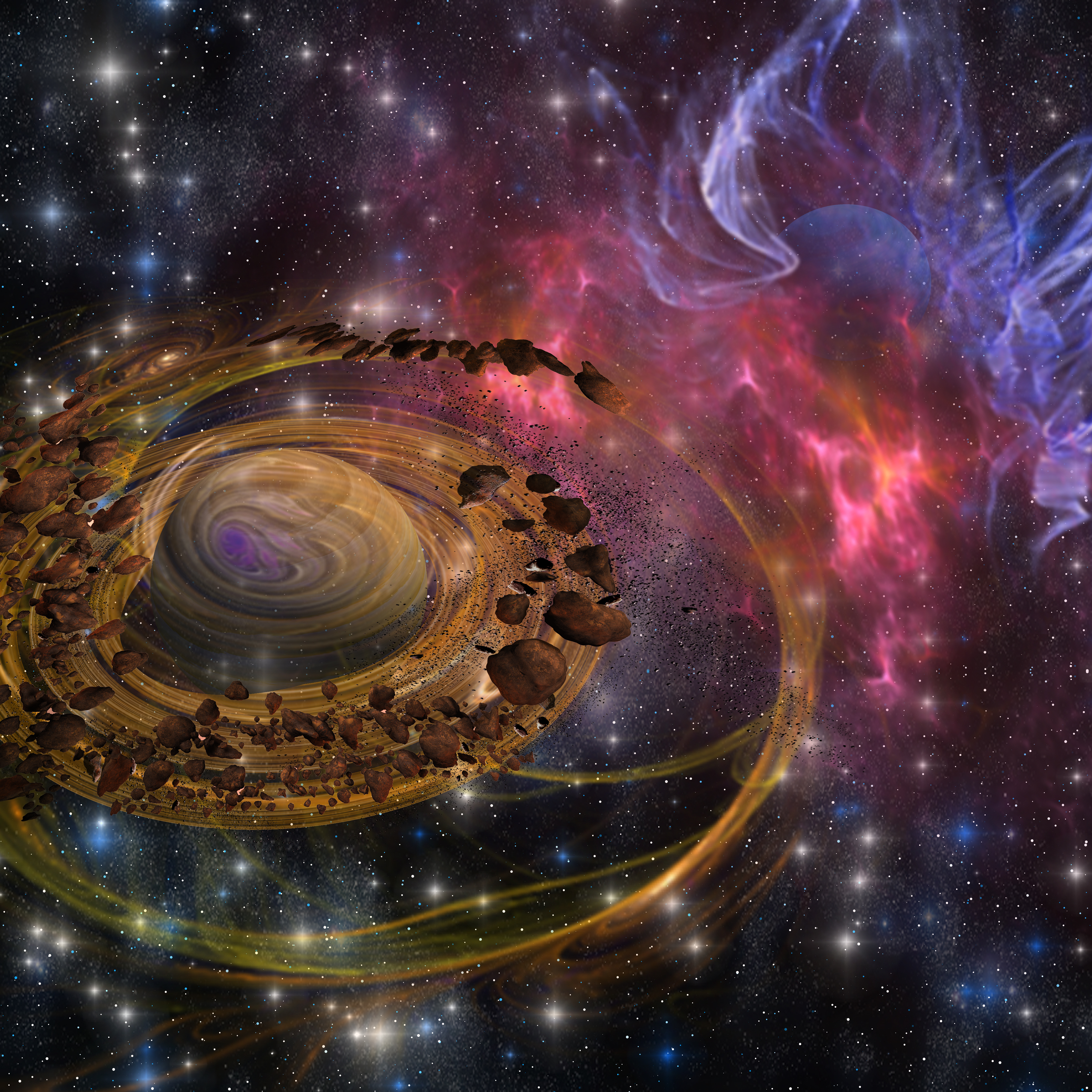This article is from the free online
Ore Geology: In the Epicentre of the Fossil-Free Energy Transition


Reach your personal and professional goals
Unlock access to hundreds of expert online courses and degrees from top universities and educators to gain accredited qualifications and professional CV-building certificates.
Join over 18 million learners to launch, switch or build upon your career, all at your own pace, across a wide range of topic areas.

 Figure 1: The process of nuclear fusion of hydrogen nuclei into helium nuclei.
Figure 1: The process of nuclear fusion of hydrogen nuclei into helium nuclei.
 Figure 2: Planet formation from stardust that is left by a super nova.
Figure 2: Planet formation from stardust that is left by a super nova.
 Figure 3: The three radioactive decay processes alpha beta and gamma with their symbols and decay products.
Figure 3: The three radioactive decay processes alpha beta and gamma with their symbols and decay products.





